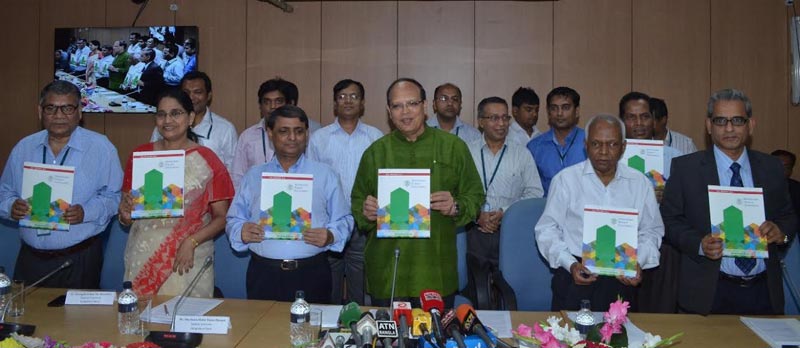Manila, Philippines (BBN)-Asia’s small-and medium-sized enterprises (SMEs) need finance to help them grow into dynamic and internationally competitive companies.
This is key to strong, sustainable growth in Asia as the world recovers from the recent global economic slowdown, says a new report from the Asian Development Bank (ADB).
“Asia has millions of SMEs but few of them are able to grow to the point where they can innovate or be part of the global supply chain. To do this, they need more growth capital and opportunities to access various financing channels,” said Noritaka Akamatsu, senior advisor in ADB’s Sustainable Development and Climate Change Department.
The Asia SME Finance Monitor 2014, which assesses 20 countries in developing Asia, noted that SMEs make up an average of 96 per cent of all registered firms and employ 62 per cent of the labour force.
However, they contribute only 42 per cent of economic output, said the report produced by the ADB’s Sustainable Development and Climate Change Department.
Regional integration and trade liberalisation means firms need to shift from being domestically focused to being more globally targeted.
This also offers opportunities for smaller firms to explore offshore markets while exposing them to increased competition.
Governments in the region need to help SMEs become more competitive and able to participate in global value chains.
This includes governments making it easier for SMEs to access new financing, such as supply chain finance.
Limited access to bank credit is a persistent problem in Asia and the Pacific.
Lending to SMEs has declined over the course of the global financial crisis and in 2014, they received only 18.7 per cent of total bank loans.
Several countries have made progress tackling this.
Papua New Guinea and the Solomon Islands have made it easier for companies to borrow using movable assets as collateral, Indonesia and the Philippines have introduced mandatory bank lending quotas to SMEs, and Kazakhstan and Mongolia have encouraged loan refinancing schemes.
However, the region needs to further develop credit bureaus, collateral registries, and credit guarantees to expand financial outreach, particularly in low-income countries, the report said.
The nonbank finance industry—which typically includes finance companies, factoring and leasing firms, for example— in Asia and the Pacific is still too small to meet the financing needs of SMEs, with its lending only one tenth of total outstanding bank loans in the region.
Governments need to put in place a comprehensive policy framework to help nonbank financial institutions expand their SME financing options.
Ongoing efforts to open up the equity markets to SMEs would also help provide SMEs with the long-term financing they need to mature.
ADB, based in Manila, is dedicated to reducing poverty in Asia and the Pacific through inclusive economic growth, environmentally sustainable growth, and regional integration.
Established in 1966, it is owned by 67 members—48 from the region. In 2014, ADB assistance totaled $22.9 billion, including co-financing of $9.2 billion.
BBN/SS/AI

No Subscription? You Are Missing Out!
Join the business leaders of Bangladesh who rely on BBN's original reporting and in-depth analysis on business scenario of the country. We send only one daily email. No Spam Guaranteed!








